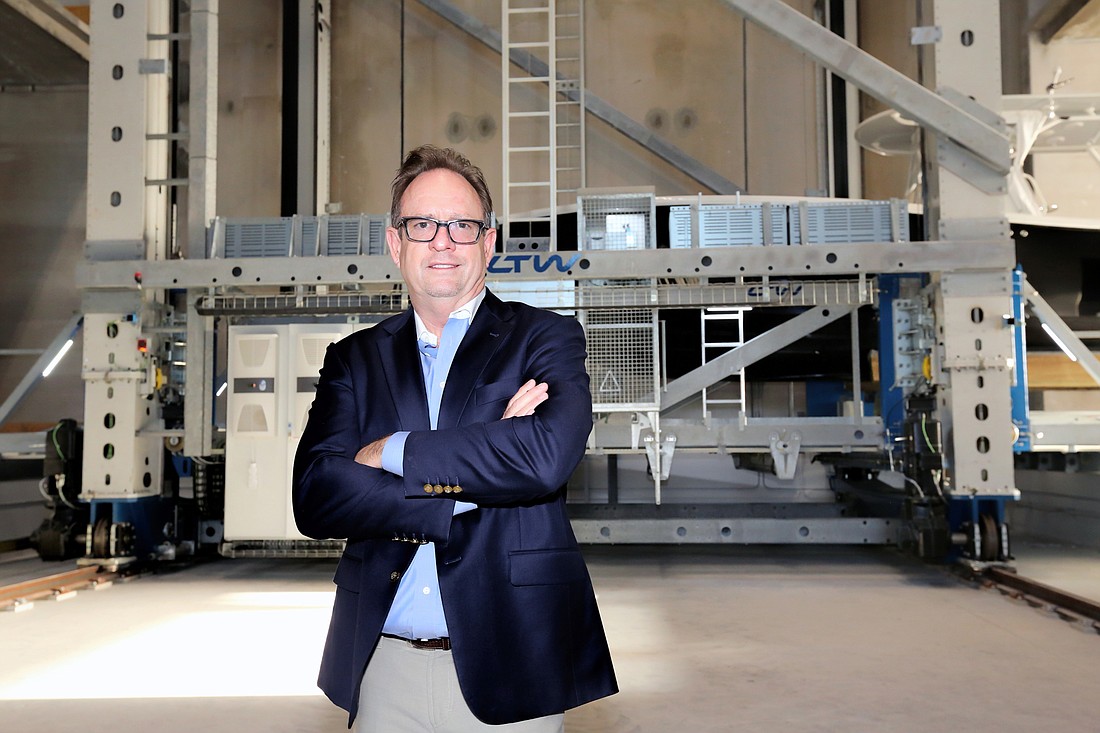- December 18, 2025
-
-
Loading

Loading

Southwest Florida hospitality developer Todd Carroll didn’t set out, per se, to be one of the first people in the world with a so-called robo-dock, a fully automated dry stack marina. He had nothing against a good forklift or crane.
Carroll just knew the boat storage facility his company had owned in Lee County for a few decades, a steel barn that dates back to the early 1970s, was in dire shape. “It was ready to fall down,” says Carroll of the Gulf Star Marina, next to Doc Ford’s Rum Bar and Grill on Fishermans Wharf, a tiny sliver of Fort Myers Beach.